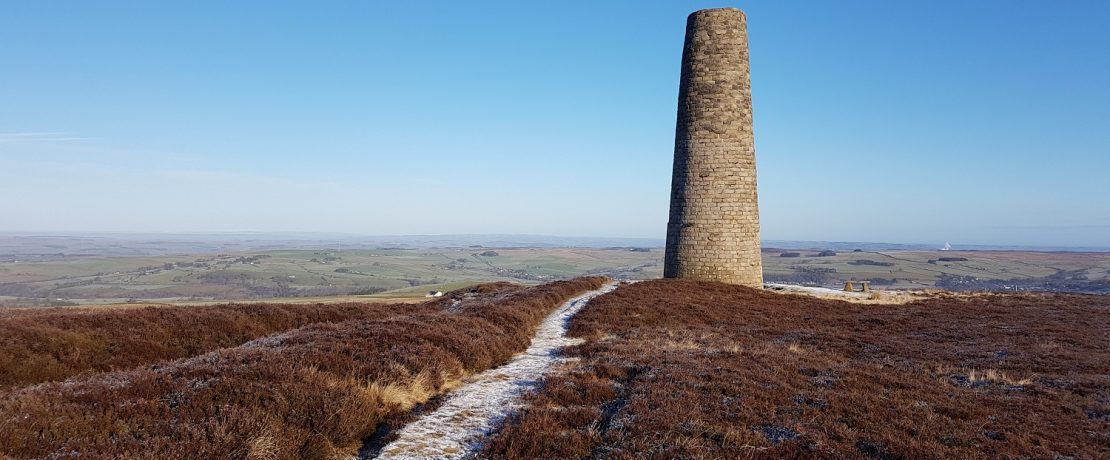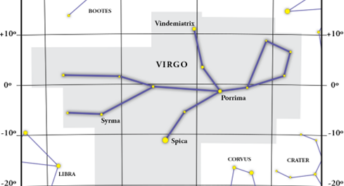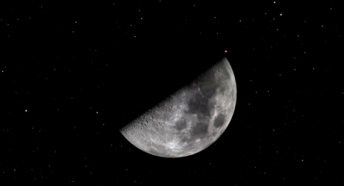A month in the countryside: connecting with nature in January
Writer and naturalist Susie White lives and gardens in a small valley in the North Pennines Area of Outstanding Natural Beauty. Its diverse mix of habitats and landscapes provide a rich variety of wildlife to observe and record – including through her regular Country Diary entries for The Guardian.
We’re delighted that Susie will now be sharing some of her sightings and reflections with CPRE, for this exclusive monthly website column. Starting this month, Susie will give us her tips on what to look out for in nature – celebrating both what makes the North Pennines so special, as well as the everyday beauty that can inspire us all.
Five ways to connect with nature this January
My garden is a frost pocket in winter and a sun trap in summer, so my plants have to cope with those extremes. It is planted for wildlife, particularly insects, and I use a light trap once a week to record moths. Tawny owls nest in a garden tree, slow worms live in the compost heap and there are several species of bats. I love being able to see so much beauty and wildlife from my windows but, wherever I go, town or countryside, I look out for signs of the natural world.
1. Start your own nature diary
I try to get outside every day and I keep a nature diary. The act of looking out, of noticing, takes me out of myself. Some years I’ve done a drawing a day, limiting myself to 5 mins. Working fast, I’m less self-conscious and, by choosing what to draw, I find I look more: a twisted leaf, lichen on a branch, a feather, my muddy walking boots. For my granddaughter, I filled a leperello, a concertina sketchbook. It’s a month-by-month record of the nature we saw together in her second year: plants in pavement cracks, a dandelion clock, a butterfly and conkers.
Don’t worry about how you are drawing or writing. It’s the process of looking and recording that matters. Taking photos is also a great way to be capture your discoveries. But because the process is more instant, take a little more time than usual to compose your shot and allow yourself to be caught up in the moment.
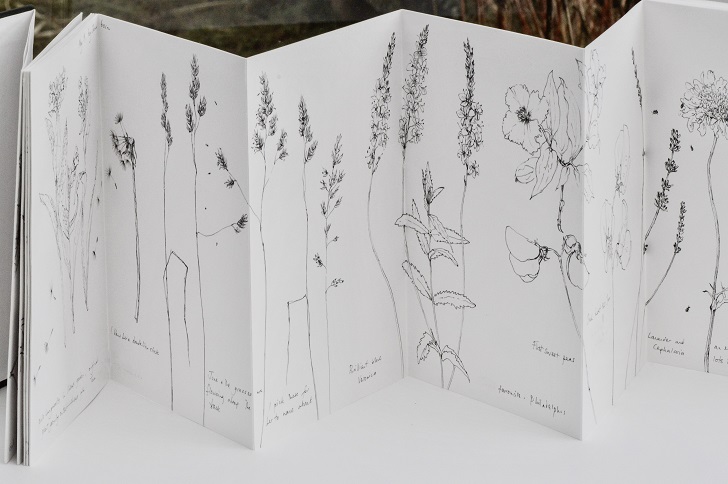
2. Embrace the joy of puddles
When I was a child, a favourite family walk was down a potholed track that we nicknamed Puddle Lane. We’d splash and jump in the puddles, kicking the water, watching the ripples as they settled. Now I see my grandchildren looking down at their wellies in the water, enjoying this simple natural event of collected rain. When puddles turn to ice, the patterns they make are beautiful swirling shapes of varying opacity, maps of imaginary countries with their islands of trapped pebbles. Then it’s fun to break the ice to the sound of snapping as it fragments into angular shards.
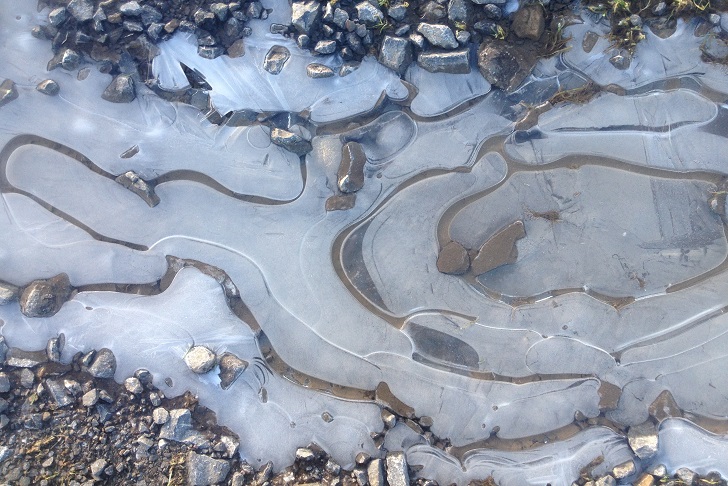
3. Find the first glimpse of yellow
Before even the snowdrops, winter aconites flower in my woodland border. I know to look for them in January but that first sight of tightly cupped yellow always gives me a thrill of pleasure. Their stems are curved like swans’ necks, the green-wrapped flower half in the soil like a head dabbling beneath the water – until it pops up, a frill of chartreuse leaves around a yellow bud. Winter aconites open with the sun once the temperature reaches 10 degrees, petals flaring open to reveal nectar and pollen for early insects, and cheering my day.
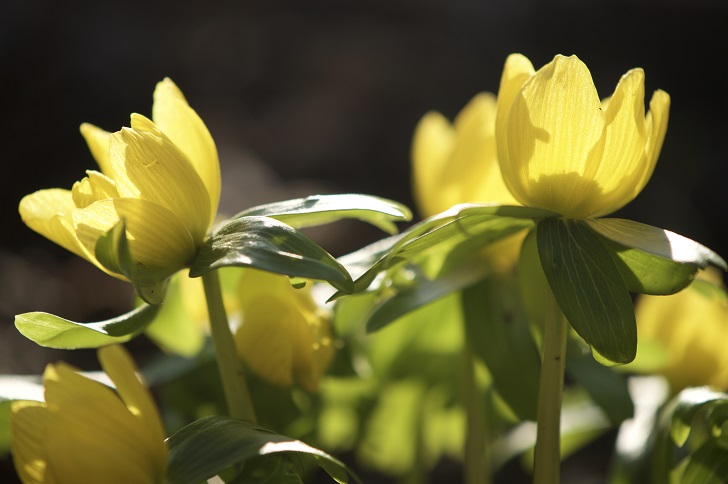
4. Notice the beauty left behind
If there’s a dry winter day I am out in the garden, enjoying the feel and the smell of soil and plants. There seems to be some link between bacterium found in soil and the production of serotonin so maybe that is also why I feel happier. Amongst the small things that I notice are the leaf skeletons, fragments of last year’s growth. The spiny leaves of sea holly and acanthus are particularly beautiful when held up to the light. A poppy seedhead becomes an exquisite tracery sculpture. I find it inspiring to notice the little things in nature.
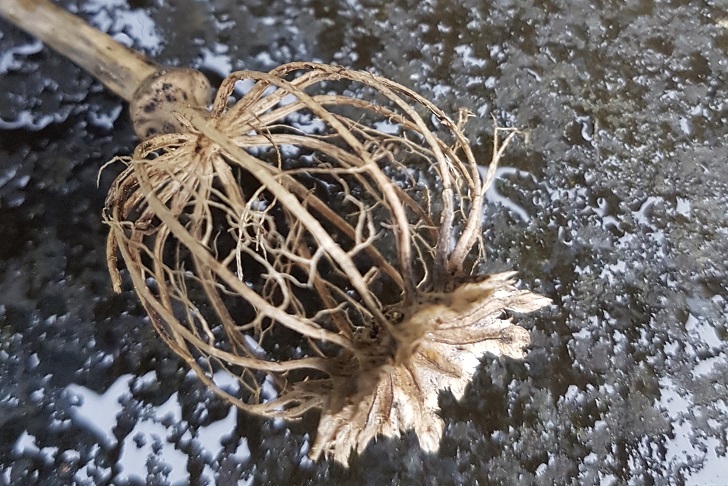
5. Listen out for the dipper
There are few birds that sing in winter but the ones that do are especially uplifting. Living near a river I see – and hear – a dipper most days. It has a fluid melodious song that carries above the sound of the water. These are birds of the uplands, of the fast-flowing rivers of the Pennines and the south-west of England. Plump espresso-coloured and with striking white bibs, they bob up and down on prominent mid-stream stones before dipping into the current and walking underwater to search for insects and caddis-fly larvae. A delight on a cold January day.
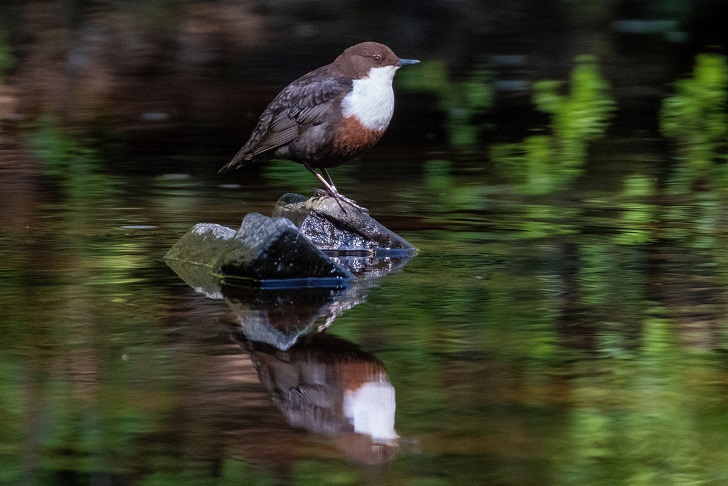
Observing nature is about looking outwards and helps to anchor us during these distressing times. I find solace in the continuity of emerging shoots, in wrapping up well and going for a walk, of wind and rain on my face. I look forward to next month when the curlews return to the moors and I will hear their sad sweet calls once more.
Read more of Susie’s observations for the Guardian’s Country Diary, follow her on twitter for great photos @cottagegardener and remember to look out for her next CPRE column in February.
